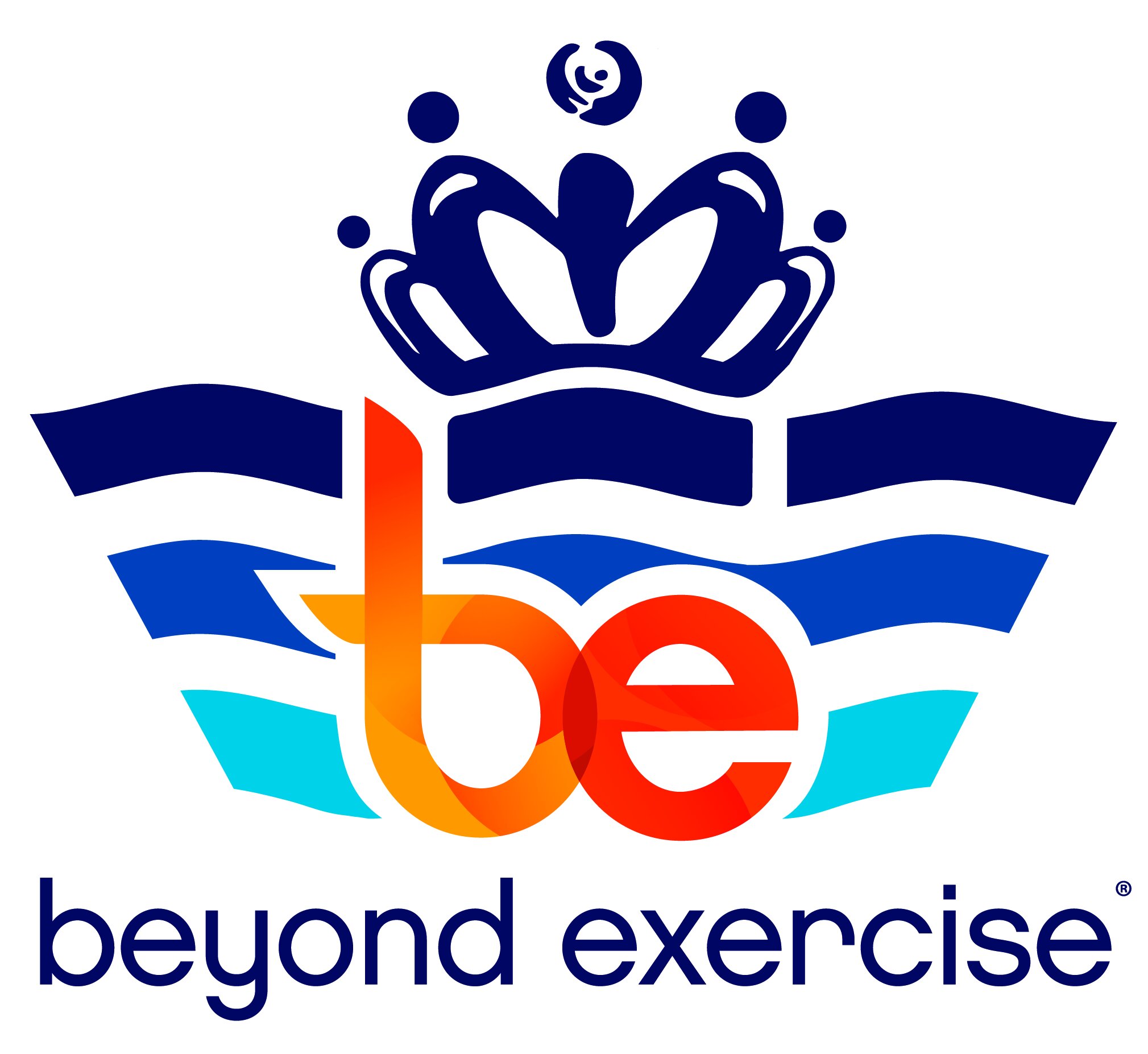BE's Top 3 Cycling Injuries and Their Causes (Part 2)
(Part 2 of 3)
by Dr. Jen Moehring-Schmidt, PT, DPT, OCS
Lower Back Discomfort
Perhaps the second most common complaint in cycling is lower back pain. Many of our daily habits, such as sitting for eight or more hours a day, can compromise the correct position of the lumbar spine. Similarly, cycling places the lumbar spine in a forwardly—or flexed posture—and therefore can add stress to the ligaments, discs, muscles and vertebrae that encompass the lumbar spine.
Extrinsic reasons for back pain in cyclists are training errors and/or an improper bike fit. The saddle angle can have a great impact on the spine; the seat should either be tilted slightly down or neutral. Angling the nose of the saddle upward can increase the torso angle and tilt the pelvis too far back. Saddle height and the amount of reach to the handlebars can also further compromise the lumbar spine.
A number of intrinsic issues can further complicate the issue. These can include:
nerve impingement (either locally at the spine or distally in associated muscles)
muscle imbalances manifested from the repetitive nature and closed joint angles involved in cycling
decreased or increased mobility within the joints of the lumbar spine/sacroiliac joint/hip, leg length differences
decreased flexibility
pelvic rotations or torsions (sometimes from previous trauma or crashes)
poor stability
An appropriate preventative recommendation is difficult to establish, considering the multitude of variables involving the lumbar spine. However, general rules for back health of cyclists include strengthening of the muscles that are not primarily utilized while on the bike to eliminate imbalances, reversing the forward-flexed posture that the bike mandates through extension-based exercises and incorporating flexibility/mobility training to the muscles that are primarily used, and over-used, in cycling.
(Stay Tuned for Part 3: IT Band Syndrome)
If you’d like to consult with one of our specialists to address your cycling injury, contact us to make an appointment or fill out this form to have someone speak to you about our service options.
